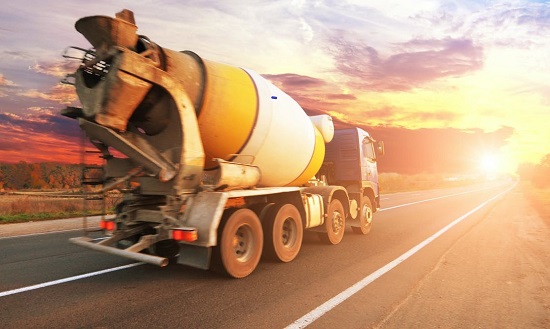 Sunday, September 29, 2024
Sunday, September 29, 2024  Sunday, September 29, 2024
Sunday, September 29, 2024 
August 22 is Earth Overshoot Day, which marks the date when humanity’s demand for ecological resources in a given year exceeds what Earth can regenerate in that year. This results from massive consumption of ecological resources and accumulation of waste. A large portion of this comes from heavy industry and the way we build our cities.
Interestingly, Earth Overshoot Day in 2020 is almost exactly two years since Greta Thunberg initiated the first school strike for the climate. Over the past two years, she has inspired millions of people to fight for climate justice and a better future, and the European parliament declared a “climate and environmental emergency”.
At the same time, over those two years humans have emitted more than 80 billion tonnes of CO₂, and Earth has experienced the second hottest year on record. Despite the heightened awareness of the climate crisis, it is clear that much more needs to be done.
At the dawn of the industrial revolution approximately 200 years ago, the carbon footprint of humanity was close to zero. Today, humanity’s carbon footprint is more than half of our overall ecological footprint, resulting in humans using far more resources than could be renewed each year – equivalent to the renewable resources of 1.6 Earths.
Decarbonising industry and the economy is essential to improve the balance between our ecological footprint and the planet’s renewable resources. This would provide the best possible chance for humanity to mitigate the effects of climate change. Consequently, we need to rethink the way we build our cities. And to do this, we need to talk about cement.
Cement, the “glue” in concrete, is the durable, waterproof and ubiquitous material upon which modern civilisation is built. Concrete is second only to water in terms of commodity use, and the world produces more than 10 billion tonnes of it each year.
Recent reports have indicated that since the introduction of Portland cement around 200 years ago, our built environment is now outgrowing the natural environment that has existed for millions of years. This is driven primarily by rapid urbanisation. By 2050, 80% of the world’s population is expected to live in cities.
However, the ability to construct engineering masterpieces such as the Millau Viaduct and the Burj Khalifa comes with a high environmental cost. Cement production alone (excluding other aspects of construction) accounts for around 8% of global CO₂ emissions, about half of which results from chemical reactions inherent in the production process. As other industries such as energy and agriculture reduce their share of emissions, cement production may account for nearly a quarter of all human-driven CO₂ emissions by 2050.